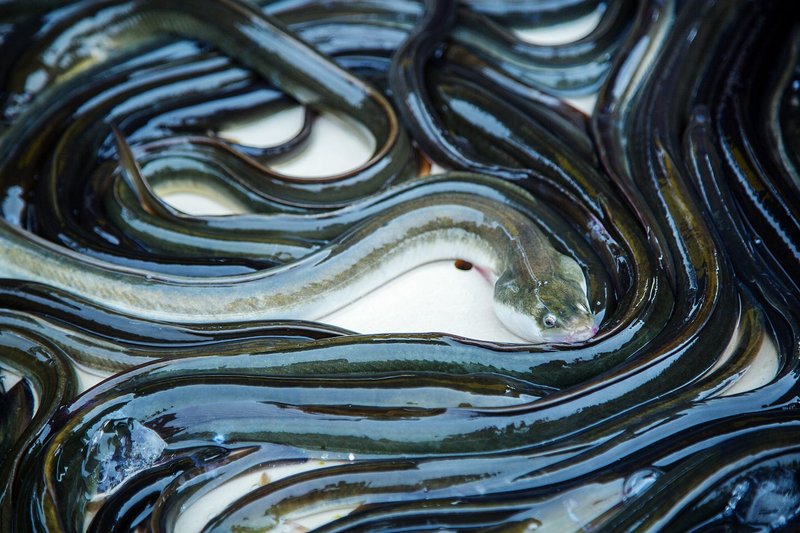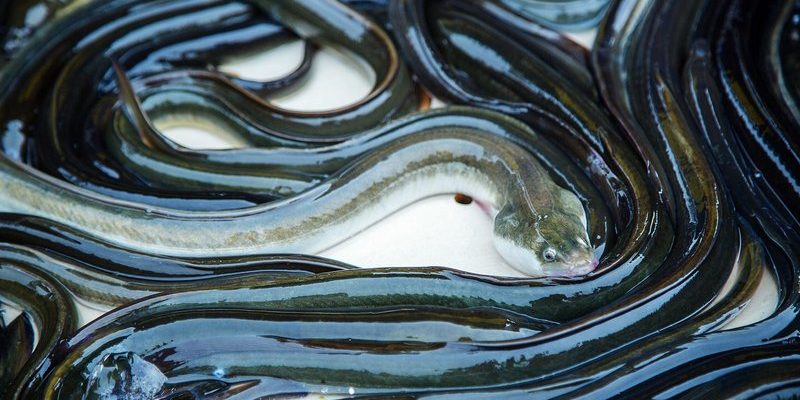
Imagine a world where every creature has its purpose, like pieces in a jigsaw puzzle. Vinegar eels fit snugly into their niche, helping out in ways you might not expect. However, they can also stir up some trouble, especially in certain conditions. In this article, we’ll unravel the mysteries of vinegar eels, exploring their ecological roles while keeping things clear and straightforward.
What Are Vinegar Eels?
Vinegar eels, or *Turbatrix aceti*, are tiny nematodes measuring about 1-3 mm in length. They thrive in environments rich in organic matter and are often found in vinegar, a product of fermentation. These tiny creatures are usually colorless and barely visible to the naked eye. They swim in a serpentine motion, which might remind you of noodles dancing in a bowl of soup.
You might be wondering why they’re called “vinegar eels.” The name comes from their common habitat, not because they are true eels. They prefer the acidic environment created during the fermentation process. This unique environment provides them with a safe place to live while feeding on yeast and bacteria.
In terms of reproduction, vinegar eels have a fascinating life cycle. They can multiply rapidly, especially in warm conditions, which can lead to large populations in a short time. Understanding their life cycle is essential when discussing their ecological impact.
Ecological Benefits of Vinegar Eels
Let’s start with the good news! Vinegar eels play several important roles in their ecosystems. For one, they help maintain a balance in their habitats. Here’s how:
- Nutrient Recycling: Vinegar eels consume organic waste, bacteria, and yeast, breaking down these materials into smaller particles. This process makes nutrients more accessible to plants and other organisms in the ecosystem.
- Food Source: They serve as a food source for various small animals, such as fish fry and other aquatic creatures. This helps sustain the food web and promotes biodiversity in their environments.
- Indicator Species: Because they thrive in certain conditions, vinegar eels can be indicators of environmental health. Their presence or absence can give us clues about the quality of the habitat around them.
By performing these functions, vinegar eels play a vital role in promoting healthy ecosystems. Their ability to contribute to nutrient cycling and serve as food enhances the overall productivity of their environments.
Drawbacks of Vinegar Eels
While vinegar eels have their benefits, they aren’t without their downsides. Here’s where things get a bit tricky:
- Overpopulation: In certain conditions, vinegar eels can reproduce excessively. High populations can lead to competition for resources, affecting the balance of the ecosystem. When resources dwindle, it can harm not just the eels but also other species relying on those resources.
- Impact on Fermentation: If vinegar eels overpopulate in a vinegar batch, they can interfere with the fermentation process. While they thrive in vinegar, too many can alter the flavor and quality of the final product, frustrating home brewers.
- Parasite Potential: They can occasionally host parasites that may affect other organisms. Though this isn’t common, it’s worth considering when evaluating their overall impact.
These drawbacks highlight the balance that exists in nature. While vinegar eels can contribute positively to their environments, an overabundance of them can create challenges that ripple throughout the ecosystem.
The Role of Vinegar Eels in Aquaponics and Aquaculture
Vinegar eels have found a niche beyond their natural habitats. In aquaponics and aquaculture, these tiny creatures can play a significant role. But how does that work?
In aquaponics, a system that combines fish farming with plant cultivation, vinegar eels can act as a natural source of live food for young fish. This adds to their nutritional intake during crucial growth phases. By integrating vinegar eels into these systems, you can create a more sustainable food source that benefits both fish and plants.
Moreover, they can help in managing waste by consuming excess organic matter produced in aquaculture systems. This not only reduces waste but also enhances water quality for the fish. Essentially, vinegar eels can help create a more balanced ecosystem in these controlled environments.
How to Manage Vinegar Eel Populations
If you’re dealing with vinegar eels in your kitchen or fermentation activities, you want to keep their populations in check. Here are some strategies to help manage them:
- Control Temperature: Vinegar eels thrive in warm temperatures. If you keep your fermentation areas cooler, it can slow down their reproduction.
- Maintain Cleanliness: Regularly clean your brewing equipment and storage jars. This removes potential breeding grounds and helps control their numbers.
- Use of Filters: Implementing fine filters during fermentation can help trap vinegar eels, keeping their populations under control.
By being proactive, you can enjoy the benefits of vinegar eels without letting them spiral out of control.
Vinegar eels are tiny creatures with a big impact on their ecosystems. They help in nutrient recycling, provide food for other species, and can even help in aquaponics. However, like any player in an ecosystem, they come with their own set of challenges. Overpopulation can lead to competition for resources and affect the fermentation process negatively.
By understanding both the ecological benefits and drawbacks of vinegar eels, we can appreciate their role in the environment. Whether you’re a home brewer or just curious about these little beings, knowing how to manage their populations will ensure a balanced, healthy ecosystem—both in nature and in your kitchen. So, the next time you come across vinegar eels, you’ll know just how fascinating these little critters are!

